Collections of Natural and Life Sciences
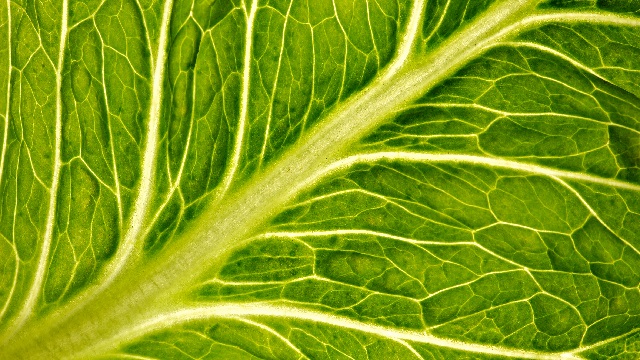
Alcohol Specimens of Botany
The alcohol and dry specimen collection is one of the few still actively used collections of this kind in Germany. It is not a research collection but a pure teaching collection and comprises about 300-500 specimens.
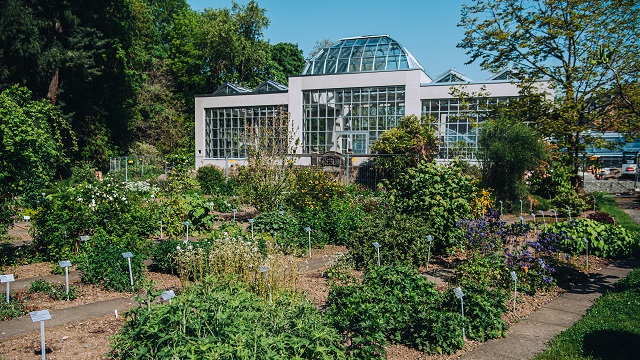
Botanical Garden
The botanical garden is an institution of the Faculty of Biology and Chemistry and is the oldest existing institution at JLU (since 1609). About 7,500 plant species from all over the world are cultivated on an area of about three hectares. It is a research and teaching garden.
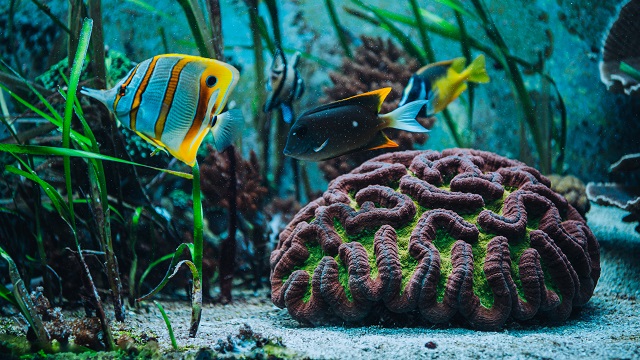
Coral—Live Collection
The coral facility contains about 8,000 liters of seawater. The inventory contains about 50 different species. There are over 1,000 living colonies and coral fragments. The collection also serves as a reception center for organisms confiscated at Frankfurt Airport.
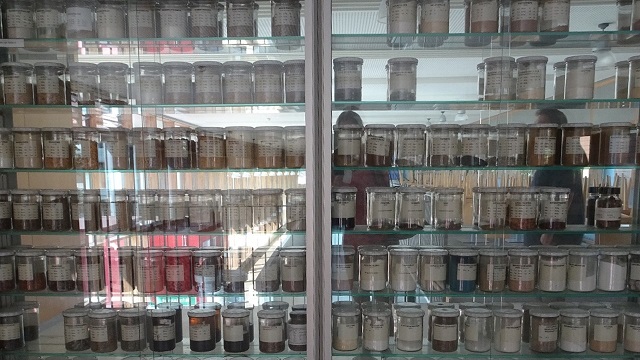
Fodder Collection
Fodder collection in the Department of Animal Nutrition and Nutrition Physiology
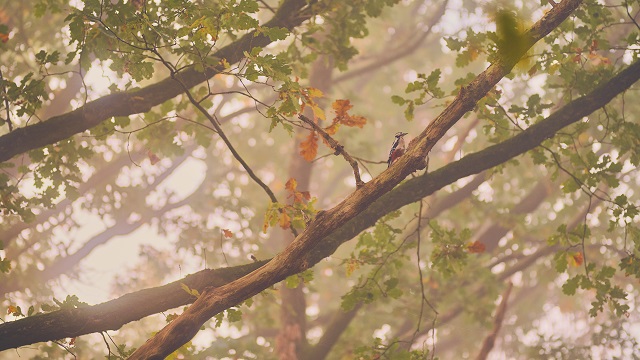
Forest Garden
The Academic Forest Garden on Schiffenberg was founded in 1825 as an independent institute for teaching forestry. It is considered the teaching and experimental garden of the oldest university forestry institute in the world. Although a very special gem, this particular garden has almost been forgotten.
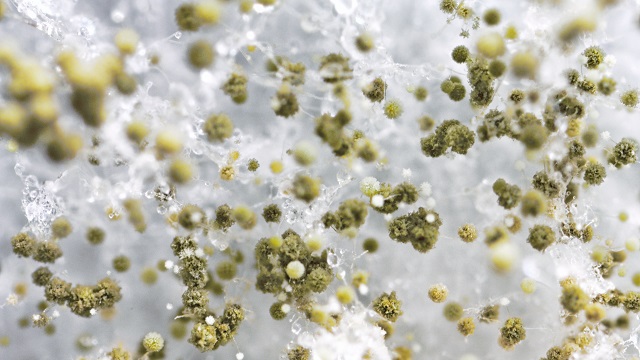
Fungus Collection at the Institute of Food Chemistry and Food Biotechnology
The research of the Institute of Food Chemistry and Food Biotechnology bridges the gap between food chemistry phenomena and industrial applications.
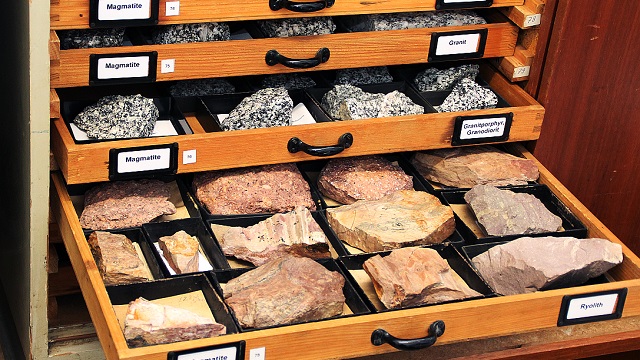
Geography Rock Collection
Rock Collection for teaching in the Department of Geography (Schlossgasse 7) with an offshoot in Geography Education in Philosophikum.
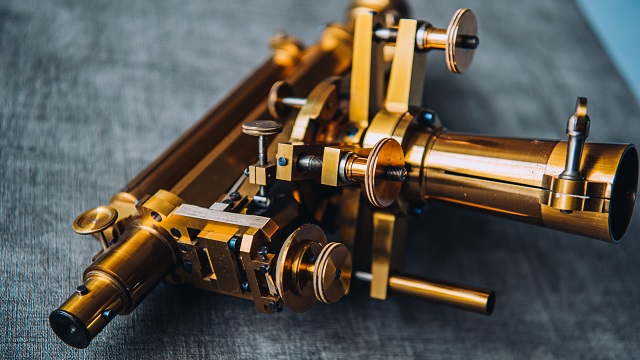
Geomatics Collection
The geomatics collection is located in the Hermann Hoffmann Academy. It currently comprises around 100 historic geomatic instruments such as theodolites, levels, telescopic sights, a heliotrope, and other equipment from the 19th and 20th centuries.
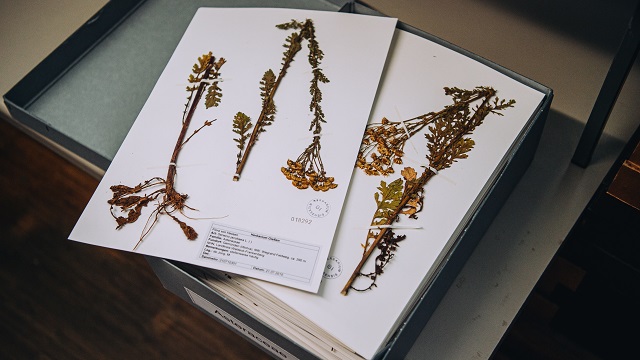
Herbarium
The collection comprises about 25,000 specimens. The focus is on the flora of Hessen and especially of Giessen. Although the original herbarium was destroyed during World War II, the current holdings include three historically important herbaria from the 19th century.
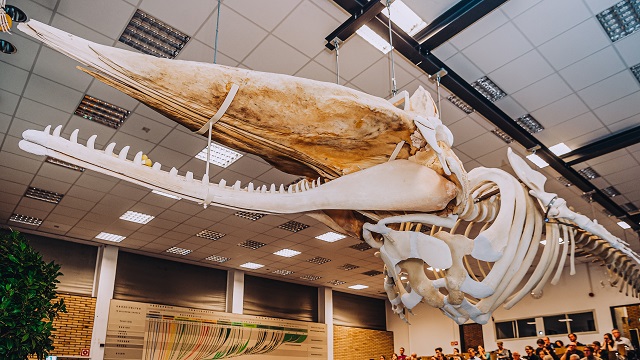
Hermann Hoffmann Academy
The Hermann Hoffmann Academy is a place for learning and teaching, where young researchers can discover scientific topics and students have the opportunity to directly apply and test skills they have learned.
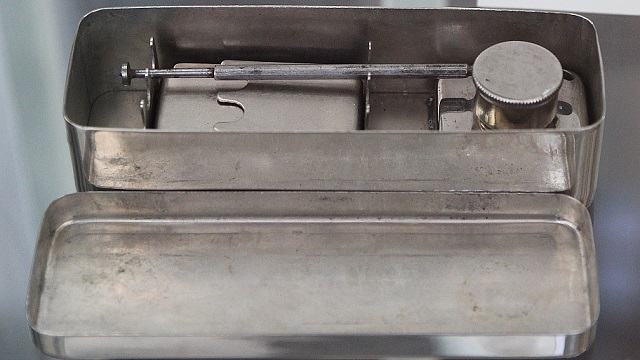
Historic Medical Instruments
A collection of historical medical instruments and books. Some of the objects are exhibited in showcases at the Institute of the History of Medicine.
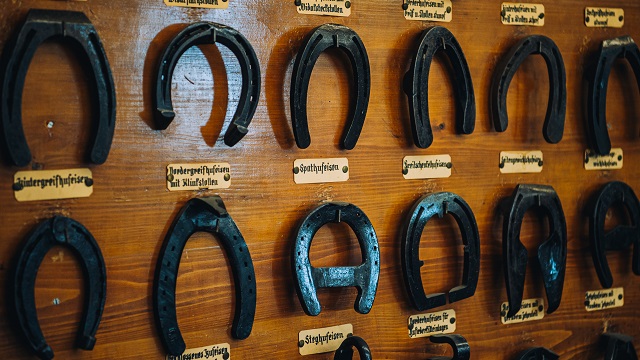
Horseshoes at the Teaching Forge of the Equine Clinic
The collection includes hoof and claw specimens in the form of horn capsules, bone specimens, formalin specimens, plaster/plastic models, horseshoes, wall charts, billboards, display cases with tools and stud models, plastic shoes, and insoles.
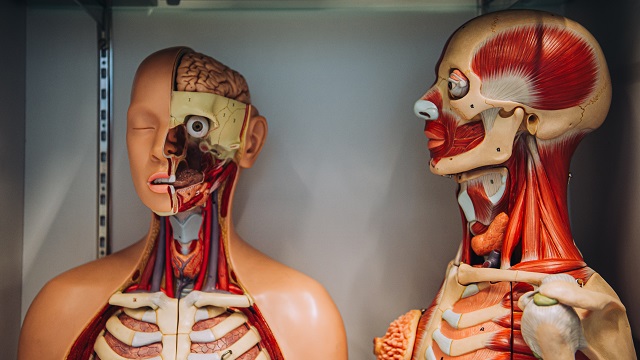
Human Biology Collection
The objects are used to teach the evolution of man. There are replicas of hominid skulls, primate skulls, human skulls with pathological changes, etc. There are also early tools (hand axes, etc.) and art from prehistoric times.
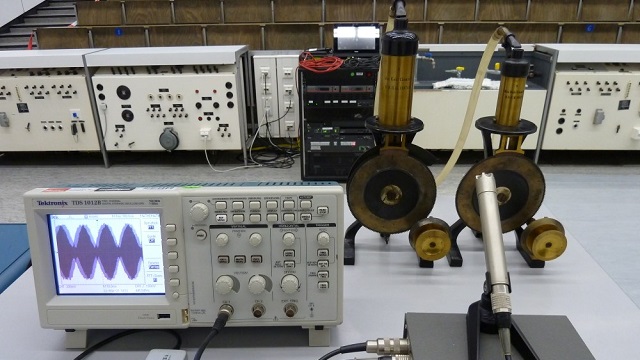
Lecture Collection of Experimental Physics
The lecture collection has a wide range of demonstration experiments, including measurement and units, mechanics, mechanics of deformable bodies and media, thermodynamics, electricity and magnetism, oscillations and waves, optics, and modern physics.
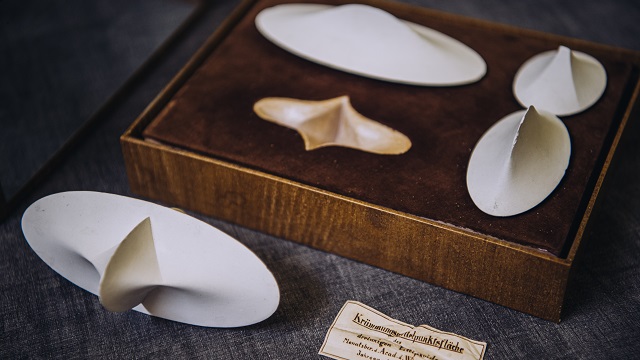
Mathematical Models
The collection of mathematical models includes 72 historical plaster, wood, and wire models dating back to 1862. JLU's Mathematical Seminar and its collection has a very close connection to the participatory museum Mathematikum in Giessen.
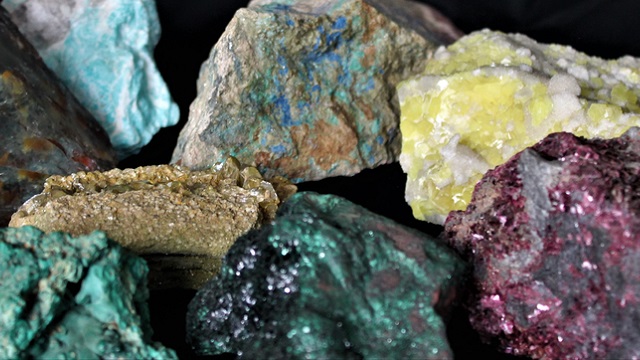
Mineral Collection of Chemistry Department
The chemistry department established an extensive mineral collection in the 1960s. The Hermann Hoffmann Academy took it over in 2021. They are now working on it as part of student exhibitions.
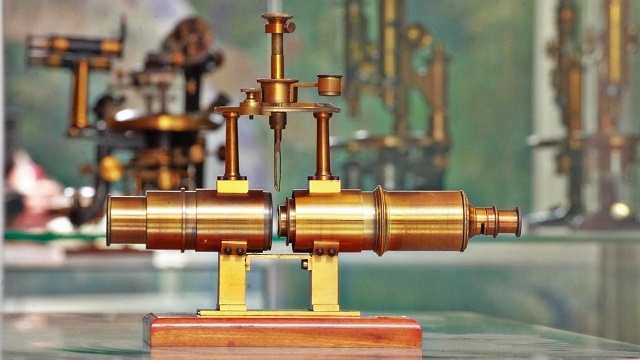
Mineralogical–Petrographical Collection
Since 1819 there has been a chair of Mineralogy at the University of Giessen. A total of ten historical crystallographic instruments from approx. 1850-1920 can be viewed in the Hermann Hoffmann Academy.
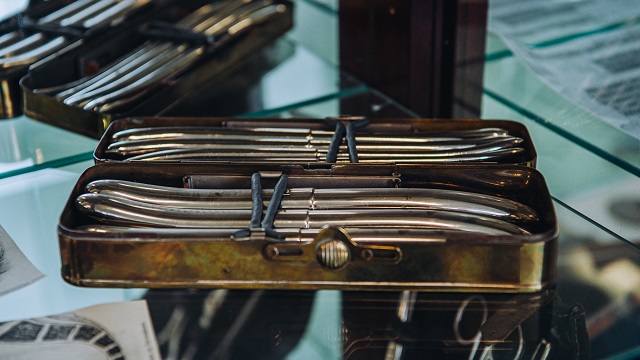
Obstetrics—A Historical Collection
There is an extensive gynecological–obstetrical collection at the Women's Clinic of Giessen's University Hospital. It includes instruments and devices used in surgical obstetrics, as well as original books on midwifery.
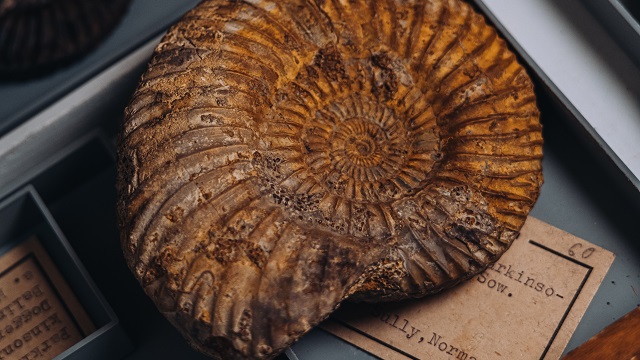
Paleontological Collection
The focus of the collection, which was rebuilt after the Second World War, is on Giessen's landscape. The Hermann Hoffmann Academy has been able to take over the collection. In the future, it will be refurbished and suitably presented.
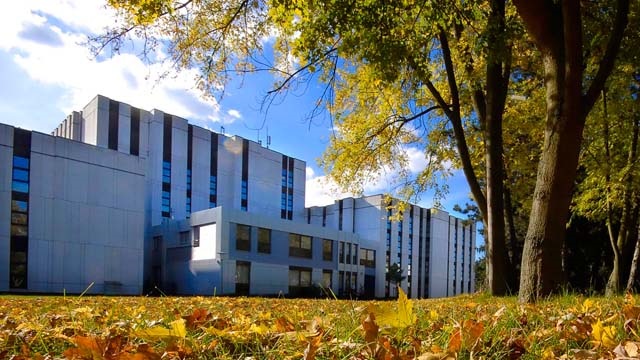
Psychology Test Center
Test center of the Department of Psychology: A collection of test materials is maintained in Faculty 06 under the name 'Testothek' to support research and teaching.
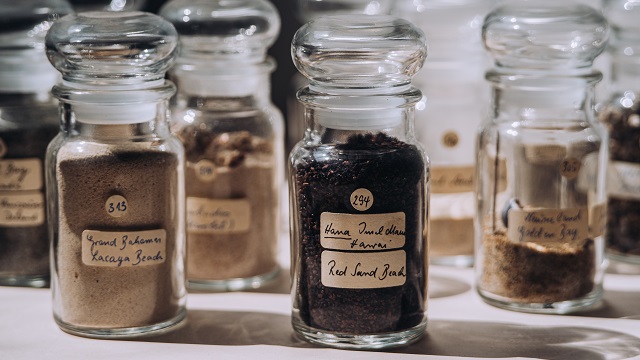
Sand Collection
Initially, the base stock consisted of more than 700 sand samples from private ownership. In February 2023, the holdings of the former German Sand Museum were added. The collection comprises more than 23,000 samples, some of which come from areas that are difficult to access or no longer accessible at all, including from the deep sea.
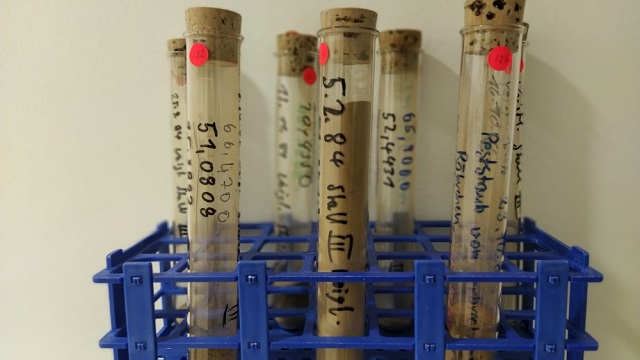
Stable Dust
The collection contains more than 900 barn dust samples from livestock farms, about two thirds are from pig farms, the remaining samples from cattle and poultry farms. It has been and continues to be the subject of scientific investigations, including in the field of residue analysis and antibiotic resistance research.
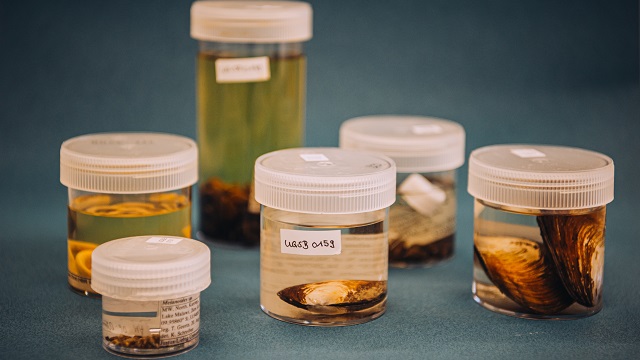
University of Giessen Systematics and Biodiversity Collection (UGSB)
This is a primarily DNA-based collection of isolates, tissue samples, and whole organisms of mainly mollusks and other invertebrates. It contains the largest number of DNA samples for aquatic mollusks in the world.
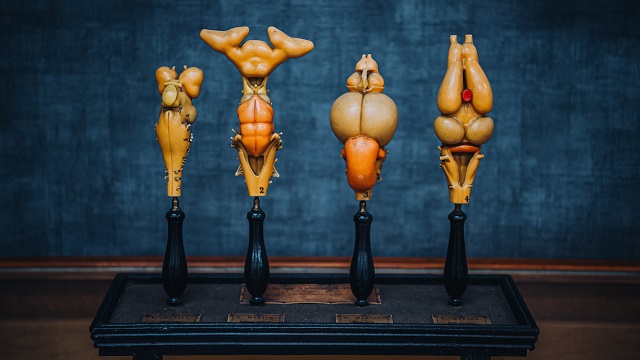
Veterinary Anatomy Collection
The specimen collection in the Institute of Veterinary Anatomy consists of 1,575 objects: 500 wet specimens, 500 dry specimens, 60 models made of plaster, wax, wood, and/or plastics, about 40 historical books, 475 teaching charts, equipment, and instruments. It is used in teaching.
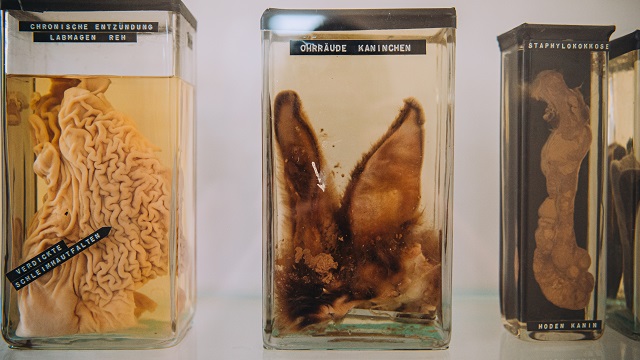
Veterinary Pathology Collection
Prof. Dr. Adam Olt, who is regarded as the founder of wildlife pathology, built up a rich collection of wildlife pathological specimens from 1902 onwards. The main parts of the collection survived the turmoil of the war and post-war period and are now open to the public.
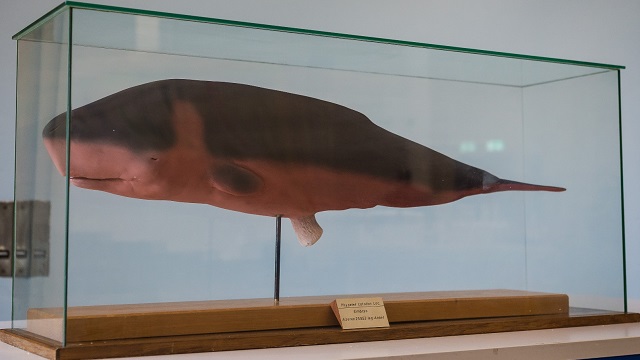
Zoology Collection
The zoological collection of Justus Liebig University comprises mostly native animals, which the taxidermist who was still working at the institute at that time collected and prepared from the 1960s to 1980s. However, more exotic animals such as giant toucan or spherical armadillo also became part of the collection.
